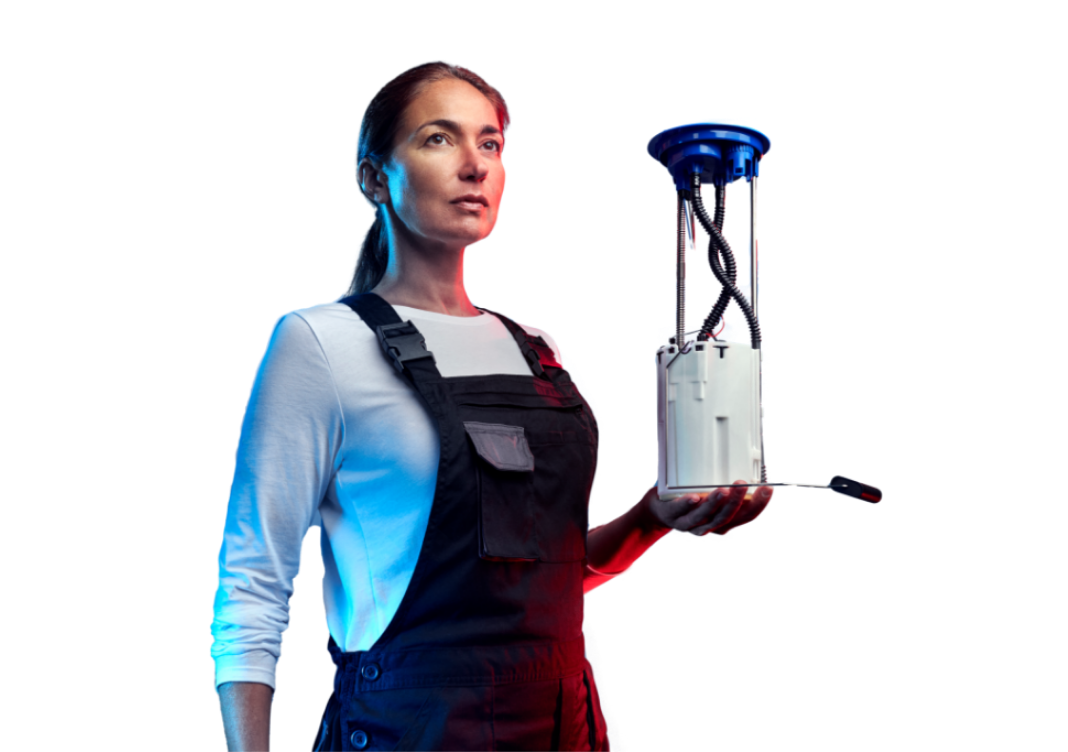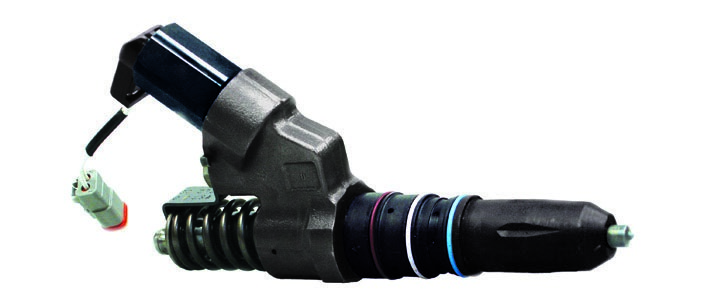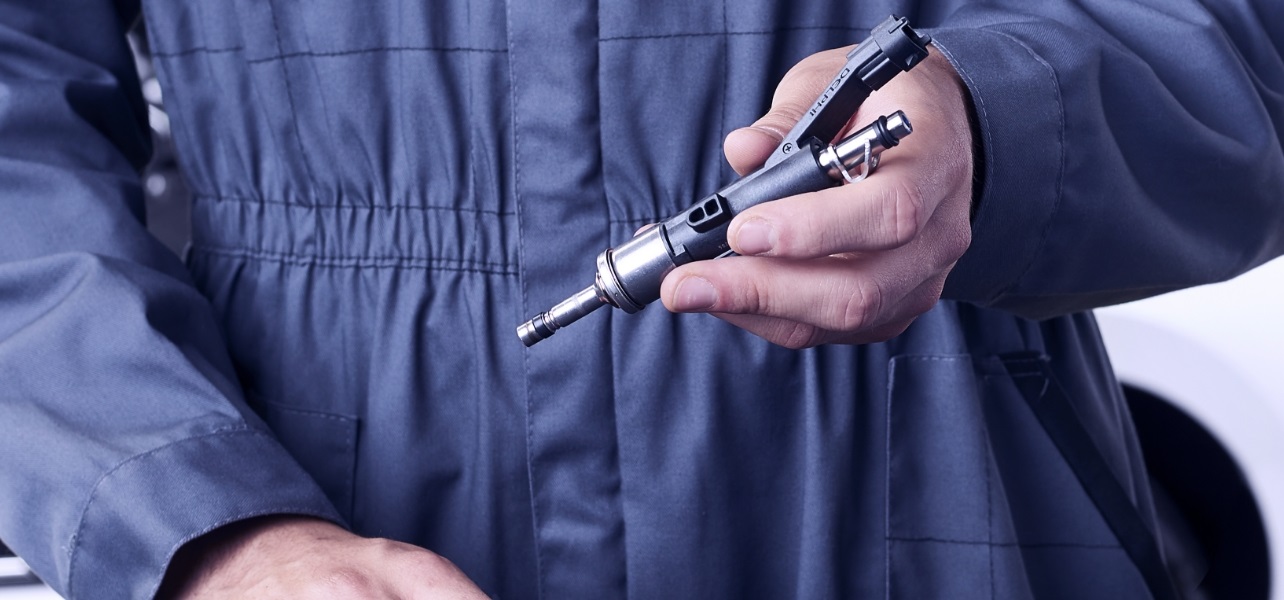Resource Highlights
In this article you will find a detail guidance on Fuel Systems Diagnostics Tech Tips.
Fuel Tank | As fuel is used from the fuel tank it must be replaced with air to prevent a vacuum from occurring that could collapse the fuel tank and starve the fuel pump of fuel. Also as the fuel temperature increases, air must be released from the fuel tank in order to prevent excessive pressure from building and ballooning the fuel tank. It is the job of the EVAP system to vent the fuel tank. |
ECM/PCM | The ECM/PCM calculates fuel injector pulse-width based on engine speed and load. Pulse-width is further modified to compensate for changes from multiple inputs, including engine temperature, throttle angle, fuel trim, and battery voltage. The ECM/PCM relies on the fuel delivery system to provide enough fuel for all possible engine operating conditions. Fuel pressure and volume are considered “known good” values from the perspective of the ECM/PCM and are not directly monitored. Low pressure or volume conditions can cause changes in the operation and performance of the powertrain that may set codes as a symptom of improper fuel delivery. Low fuel pump pressure or volume can cause a lean mixture and fuel starvation at high speeds that may induce lean-related DTCs. Excessive pressure can result in poor fuel economy, rich mixtures and can cause rich-related DTCs to be stored in memory. |
Inspect | Visually inspect the fuel system components for bent or kinked hoses and pipes, damaged electrical connectors, and dented or collapsed fuel tank which may be preventing the fuel pump module from operating properly. One of the easiest ways to determine if the lack of fuel may be the cause of a non-starting engine is to spray some aerosol carburetor cleaner directly into the throttle while the engine is being cranked. If the engine starts, runs a few seconds and dies, it has spark and compression but is not getting any fuel. |
Lack of Fuel | If a lack of fuel has been determined to be the cause of a non-starting engine, then next it must be determined if that lack of fuel is caused by an electrical problem, the fuel pump, a plugged fuel filter, a faulty fuel regulator, or the fuel injectors. Be sure to check that an injector pulse is present at the injector harness and the vehicle battery is fully charged. |
Fuel Delivery | Fuel delivery testing will ensure that the proper fuel pressure and volume are available under all possible operating conditions. Testing can be categorized into two areas:
All fuel delivery procedures are basically the same. They measure both the pressure and volume of fuel being delivered through the system under standard testing conditions. In addition to testing for pressure and volume, measuring the amperage of the fuel pump circuit can help determine the cause of a malfunction. |
Replacing a Fuel Pump | Replacing a fuel pump can become a costly mistake if it is not the true cause of the fuel related problem. A fuel system should be carefully tested for pressure, volume, and electrical integrity before condemning the fuel pump. |
Listen | Often the first step in diagnosing a faulty fuel system is to simply listen. Turn the ignition key to the run position and carefully listen for a slight humming sound coming from the fuel tank. This humming sound should immediately follow turning the key to the run position and continue for approximately 2 seconds before stopping. When this humming sound is heard, it can usually be assumed that the fuel pump electrical circuit is functioning and that the fuel pump is running, which means that the next diagnostic steps should include determining if there is an adequate amount of fuel in the fuel tank and then testing for fuel pressure and volume. If the humming sound was not heard then the next diagnostic steps should include verifying the lack of any fuel pressure with a fuel gauge or scan tool and then checking the fuel pump electrical circuit. |
Before Inspection | A fuel pump must deliver the correct amount of fuel in order to keep the fuel volume and pressure within specifications. Too little pressure can starve the engine of fuel, causing it to run lean, misfire, hesitate or stall. Too much fuel pressure can cause the engine to run rough, waste fuel and pollute. Before performing any diagnostic tests on the fuel delivery system, it is important to understand the type of fuel system that is being worked on. Fuel return and returnless fuel systems both contain similar components but it’s the location of these components that determines how the fuel delivery system operates and consequently the tests used for diagnosing it. Before beginning, ensure that the battery is fully charged (minimum of 12.6vDC). A supplemental power supply may be necessary to maintain battery voltage at the required level. If cranking the vehicle, do not exceed cranking times greater than 10 seconds to avoid overheating the starter circuit and/or other components. |
SIGN UP
TO FIND OUT MORE
Fill out your details to hear more from our experts and get the latest updates from Delphi.




